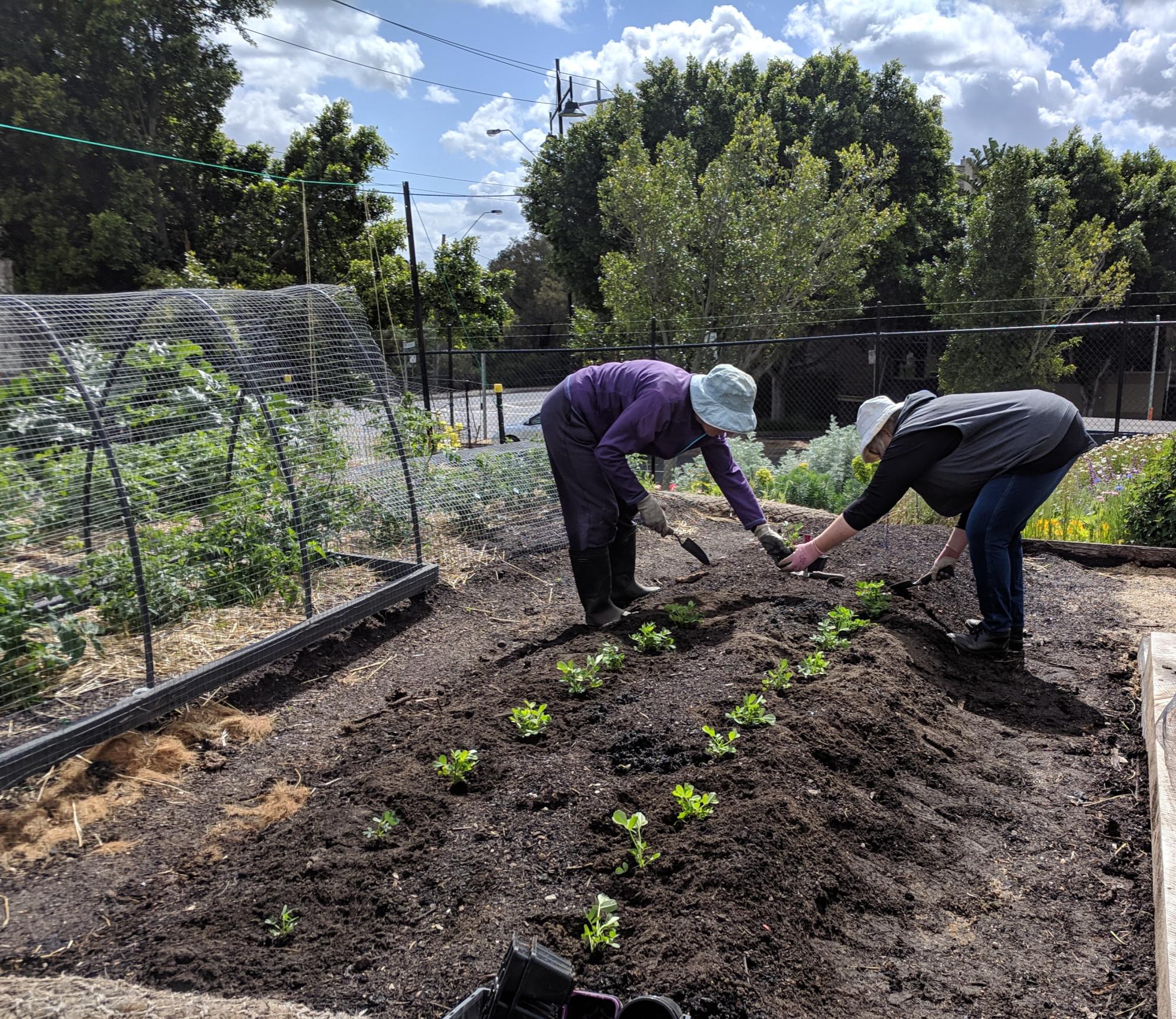They had interest from a wide range of people, from those in their twenties to those in their sixties, who according to Andrew, were all “really keen to do something.” There were a series of public meetings held at West Brunswick Community Garden, attended by over a dozen people, where they discussed next steps. Momentum continued to develop from there, with the first Organising Committee (OC) forming. The original members were Andrew, Natalie, Jo, Russell, Teia, Kat, Belinda, and Patsy.
After forming, the OC quickly realised that in order to make sure the garden could run in an organised and safe way, they needed to either find or become a legal entity that could set out procedures and arrange insurance. Andrew discovered Moreland Community Gardening (MCG), and the OC decided to join so that MCG could organise the paperwork and the gardeners could get on with the gardening! MCG organisers including Libby Harper, Mark Sanders, Kieran Dickson and Liz Morgan, helped the PCG group to negotiate a lease for the land and supported them in overcoming initial barriers as they started to set the garden up. MCG also provided some initial funds of approximately $2,000 to get the garden going.

